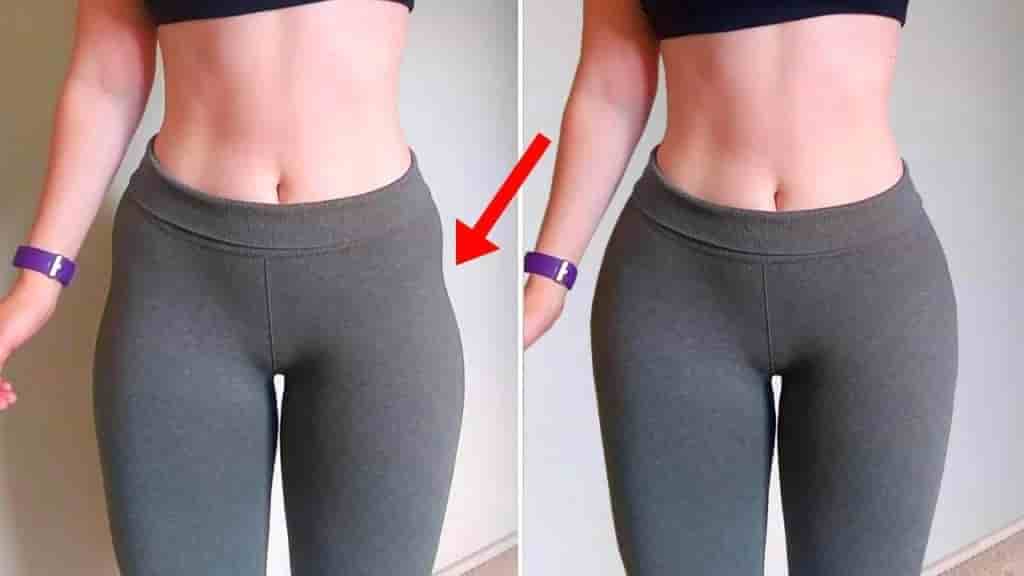“Hip dips” refer to the inward curve just below the hip bone, creating a dip between the waist and hip. While hip dips are a natural part of body anatomy, some individuals may wish to minimize their appearance. Here are some approaches to consider:
1. Clams
Clams are an exercise that can target strength in the outer hips.
To perform a clam exercise:
-
Start by lying on your side with both knees bent.
-
Keeping your pelvis still and feet connected, lift the top knee towards the ceiling (external rotation).
-
Slowly lower back to the starting position.
-
Repeat on the other side.

2. Bridges
Bridges are a strengthening exercise for the gluteal muscles.
To perform a bridge:
-
Start by lying flat on your back with both feet on the floor.
-
Engage the gluteal muscles and lift your hips towards the roof. Make sure to avoid overarching the lower back.
-
Slowly lower the hips back down to the floor to return to the starting position.
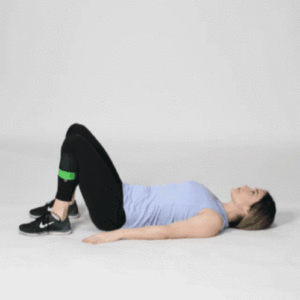
3. Side-Lying Hip Abduction
Side-lying hip abduction are leg lifts that can help build strength in the outer gluteal muscles.
To perform side-lying hip abduction:
-
Start in side lying.
-
Keep the bottom leg bent (for support) and the top leg straight.
-
Raise the top leg towards the roof.
-
Lower to return to the starting position.
-
Repeat on the other side.
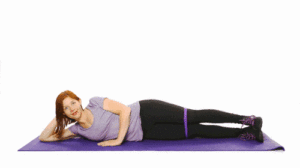
4. Squats
Squats are ideal for building lower body strength, including in the hips and glutes.
To perform a squat:
-
Start in standing with your feet hip width apart. Your hands can rest on your hips.
-
Bend both knees with control as if lowering yourself to sit in a chair.
-
Stand up to return to the starting position.
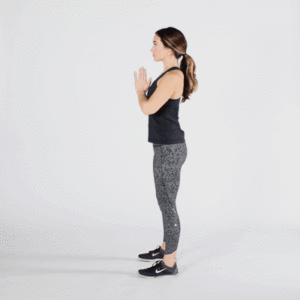
5. Lunges
Lunges can help build strength in the lower body and hips.
To perform a lunge:
-
Start by standing with your right leg out in front of your left leg, approximately one step apart. Your hands can be on your hips or in a prayer position at your front.
-
With control, bend both knees to lunge.
-
Straight your legs to return to the starting position.
-
Repeat on the other side.

6. Sit To Stand (STS)
STS can help build strength in the gluteal and hip muscles.
To perform a sit to stand exercise:
-
Start by sitting in a chair.
-
Cross both arms across your chest. Alternatively, you can make the exercise easier by using your hands on the armrests for support.
-
Stand up from the chair.
-
Sit down again to return to the starting position.
In addition to the exercises for hip strength and mobility, exercises that target hip flexibility can also be beneficial.
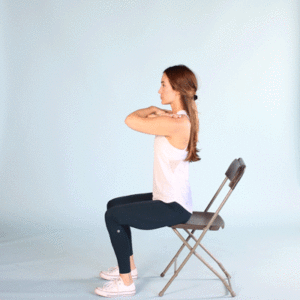
7. Figure Four Stretch
A figure four stretch helps open up the hips and gluteal muscles.
To perform a figure four stretch:
-
Start by sitting in a chair.
-
Cross your left ankle over your right knee, creating a figure four shape.
-
Lean forward slightly until you feel a stretch in the gluteal muscles at the side of your left hip.
-
Hold for a few seconds, then return to the starting position.
-
Repeat on the other side.
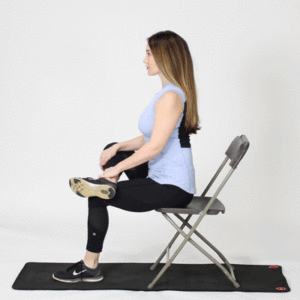
8. Hamstring Stretch
A hamstring stretch aims to improve flexibility in the muscles at the back of the leg and hip.
To perform a hamstring stretch:
-
Start by sitting in a chair.
-
Extend one leg out in front, keeping your heel on the floor.
-
Lean forward gently from the waist until you feel a stretch behind your leg.
-
Hold for a few seconds, then return to the starting position.
-
Repeat on the other side.
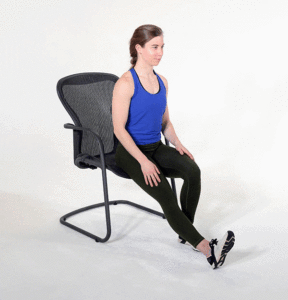
Note: It’s essential to approach any changes to your body with a focus on overall health and well-being. Results may vary from person to person, and it’s crucial to embrace your body’s natural shape and features. Always consult with a healthcare or fitness professional before starting a new exercise or diet regimen.

